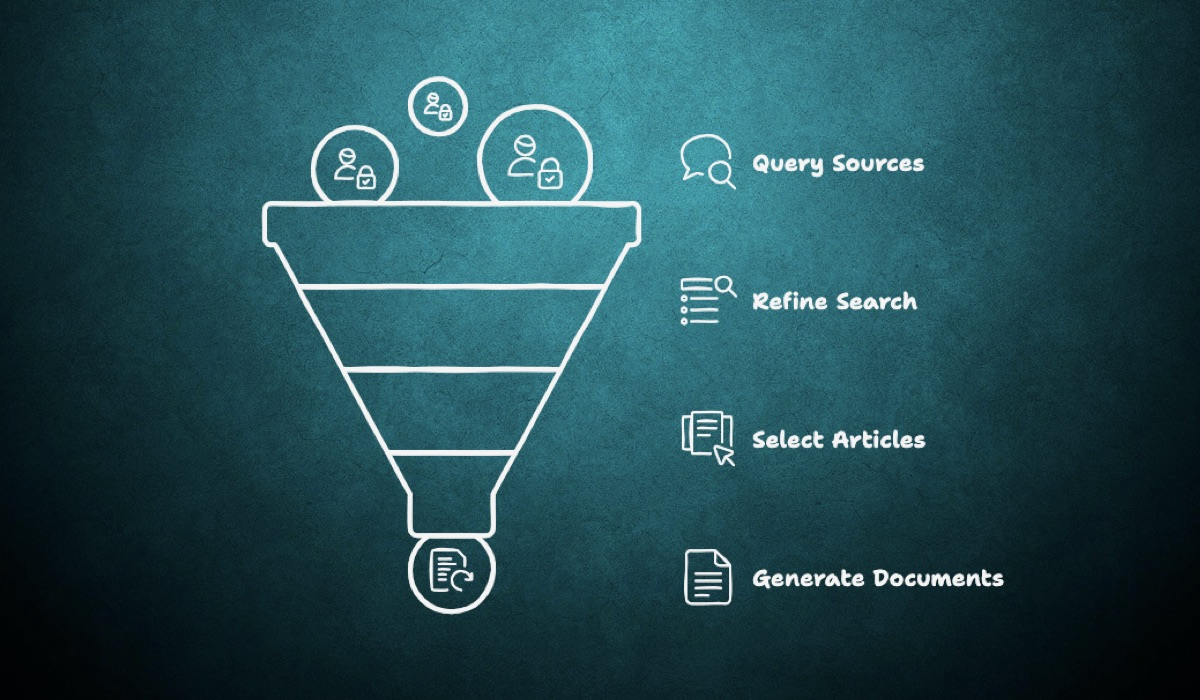Unleashing the Power of Scientific Literature Using AuroraPrime
Jul 21, 2025📚✨ Drowning in PDFs? Struggling to extract insights from endless scientific literature?Say hello to a smarter way of working. With AuroraPrime, we’re turning literature review from a tedious task into a strategic advantage.🔍 From pinpointing relevant data to aligning insights with your study objectives, discover how AI is transforming literature intelligence in pharma R&D.👉 Don’t just read — unleash the power of the literature.

In the fast-paced world of life sciences, staying on top of the ever-growing mountain of scientific literature and source material is a monumental task. Researchers, medical affairs teams, and communicators need efficient ways to digest vast amounts of information and transform it into useful documents. Traditionally, this process has been labor-intensive, requiring manual sifting, extraction, and compilation.
But what if you could streamline this entire workflow? What if you could query diverse source materials and automatically generate tailored documents based on your specific needs?
Enter AuroraPrime Scientific Content Digest solution. This tool is designed to help you transform vast amounts of source material into various document types tailored to your business needs. Its core purpose is to put your clinical trials on the fast track by enabling efficient processing and utilization of scientific content.
Here’s a glimpse into how Scientific Content Digest works:
1. Sign In Securely: The process begins with a secure sign-in, requiring account credentials and a password, often sent via email. You can even select your preferred system language, such as English.
2. Query Your Sources with Natural Language: One of the powerful features is the ability to Query Sources using natural language text. You simply enter the key information you want to search for in the source materials, and the system automatically transforms your input into filter criteria.
3. Refine and Control Your Search: Once the system generates initial filter criteria based on your natural language query, you have the power to Refine Filter Criteria. You can review the automatically converted conditions and adjust them manually if needed. All conditions are combined using an AND relationship, meaning every specified condition must be met for an article to appear in the results. You can set new conditions, clear existing ones to narrow results, or even ignore conditions to broaden your search temporarily while seeing how many more results are returned.
4. Leverage Fuzzy Matching for Flexibility: By default, the system performs an exact match on specified conditions, requiring all items in a condition to be present in an article's tags. However, to broaden your search, you can select Fuzzy Match under a condition. With Fuzzy Match, any item specified in the condition that matches a tag will cause the article to appear. For instance, if your query converts to a "Drug" condition with "Lenvatinib" and "Pembrolizumab," an exact match requires both tags, while a fuzzy match includes articles with either drug. It's worth noting that drug and indication names are converted to generic names when the system creates filter conditions.
5. Select Relevant Articles: After refining your search, you can browse the list of search results. You can review the details of each article by clicking on its numbering column. To include an article for document generation, you simply click on its title to select it; selected items are highlighted in green.
6. Generate Diverse Document Types: This is where the transformation happens. Once you've selected the relevant articles, you can click the button for your desired document type. The system then generates the document. Specific document types include:
- MILs (Medical Information Letters or similar document types).
- Highlight Books. For highlight books, you can even change the default abstract highlight view (e.g., from Background + Results + Conclusions) to better suit your preferences.
- Playbooks, which may contain one or more child items.
- Slides, which may also contain child items. Interestingly, the content of generated slides can be exported to Word format, allowing manual creation of PowerPoint slides using the exported content.
By following these steps, Scientific Content Digest enables users to efficiently process scientific source materials and generate tailored documents. This process streamlines workflows, reduces manual effort, and helps put clinical trials on the fast track by turning complex information into accessible formats.





